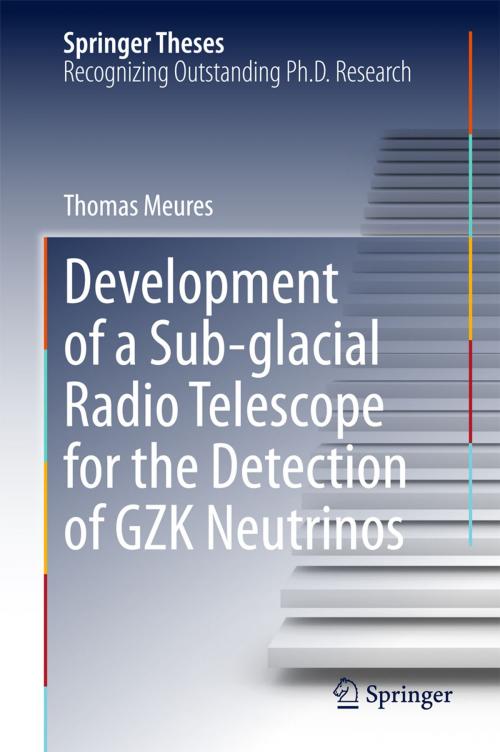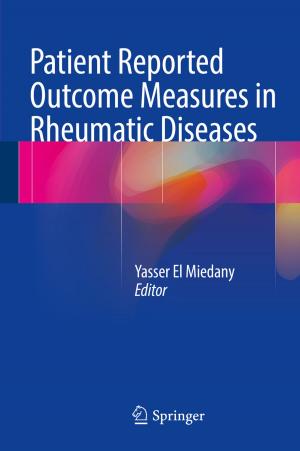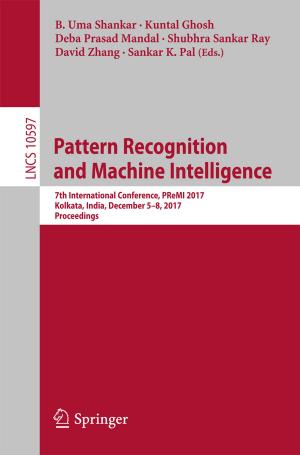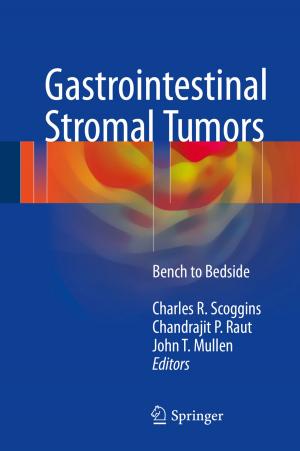Development of a Sub-glacial Radio Telescope for the Detection of GZK Neutrinos
Nonfiction, Science & Nature, Science, Physics, Nuclear Physics, Astrophysics & Space Science| Author: | Thomas Meures | ISBN: | 9783319187563 |
| Publisher: | Springer International Publishing | Publication: | May 29, 2015 |
| Imprint: | Springer | Language: | English |
| Author: | Thomas Meures |
| ISBN: | 9783319187563 |
| Publisher: | Springer International Publishing |
| Publication: | May 29, 2015 |
| Imprint: | Springer |
| Language: | English |
The goal of the project presented in this book is to detect neutrinos created by resonant interactions of ultrahigh energy cosmic rays on the CMB photon field filling the Universe. In this pioneering first analysis, the author puts forward much of the analysis framework, including calibrations of the electronic hardware and antenna geometry, as well as the development of algorithms for event reconstruction and data reduction. While only two of the 37 stations planned for the Askaryan Radio Array were used in this assessment of 10 months of data, the analysis was able to exclude neutrino fluxes above 10 PeV with a limit not far from the best current limit set by the IceCube detector, a result which establishes the radio detection technique as the path forward to achieving the massive volumes needed to detect these ultrahigh energy neutrinos.
The goal of the project presented in this book is to detect neutrinos created by resonant interactions of ultrahigh energy cosmic rays on the CMB photon field filling the Universe. In this pioneering first analysis, the author puts forward much of the analysis framework, including calibrations of the electronic hardware and antenna geometry, as well as the development of algorithms for event reconstruction and data reduction. While only two of the 37 stations planned for the Askaryan Radio Array were used in this assessment of 10 months of data, the analysis was able to exclude neutrino fluxes above 10 PeV with a limit not far from the best current limit set by the IceCube detector, a result which establishes the radio detection technique as the path forward to achieving the massive volumes needed to detect these ultrahigh energy neutrinos.















